In Japanese, “Wabi” means asymmetrical and unbalanced rustic beauty, while “Sabi” is used to describe the beauty of impermanence and eternity over time. Originating from the three signs of existence in Buddhist teachings: impermanence – suffering – egolessness, Wabi Sabi is a philosophy of life that focuses on flaws but not to judge but to find and honor the positivity within them. This philosophy helps people to see things in a simple way, accept their impermanent nature, thereby making life easier and lighter.
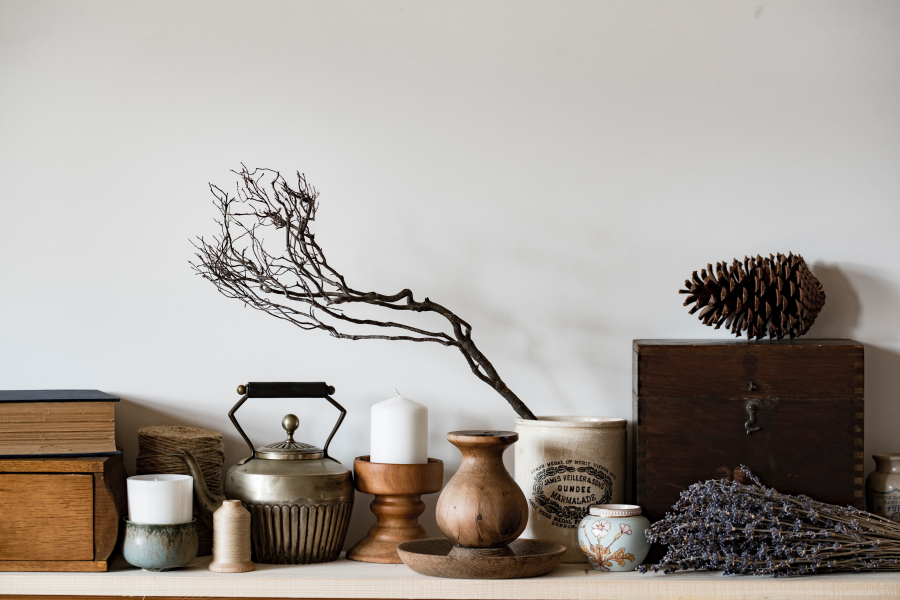
While the West is always looking for perfection, Japan values the beauty of the transient, without the need for perfection, simply encapsulated in the term Wabi Sabi. To the Japanese, Wabi Sabi is as important as Feng Shui to the Chinese. Not only is it the soul of the tea ceremony, Wabi Sabi is also the aesthetic standard for many fields such as architecture, painting, poetry and Japanese ceramics.
The Art of Kintsugi
Instead of discarding chipped and broken ceramic items, the Japanese have a way to "restore" these items by using gold-plated seams, also known as Kintsugi.
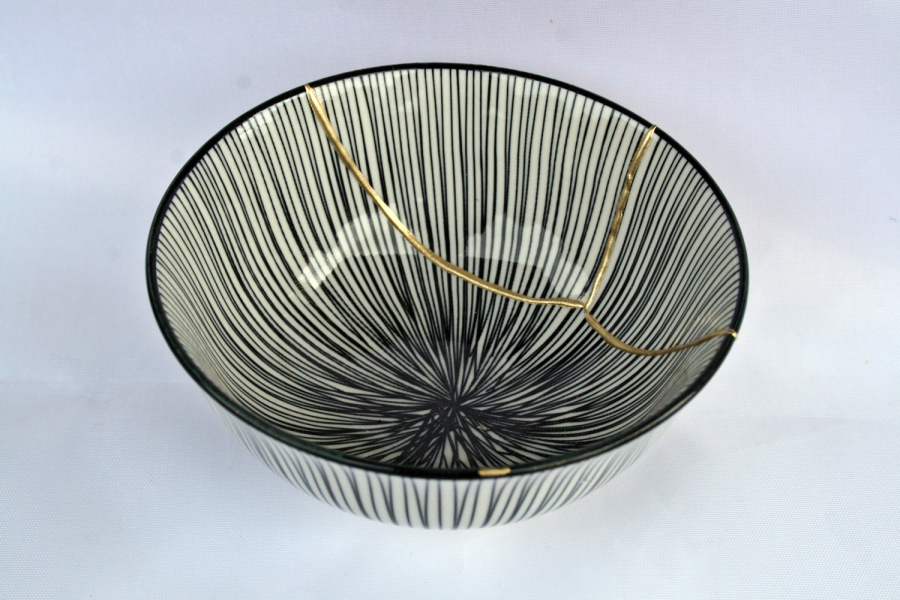
Kintsugi, translated as Golden Wood, is a sophisticated restoration technique that symbolizes the humble lifestyle of the Japanese people who always overcome adversity. Kintsugi artists use golden joints to mend old broken objects. Broken pieces are collected and glued together with a secret glue mixture mixed with gold, silver or platinum. Not only does the kintsugi process restore the original state of the dishes, it also honors the cracks, turning them into a mark of eternity, of revival after breakage, and into the precious beauty of uniqueness and imperfection. Each bowl has different cracks, no two are alike, after kintsugi those lines become historical traces. Broken objects that seemed to have fallen to the end, now turn into gold, marking the beginning of a story.
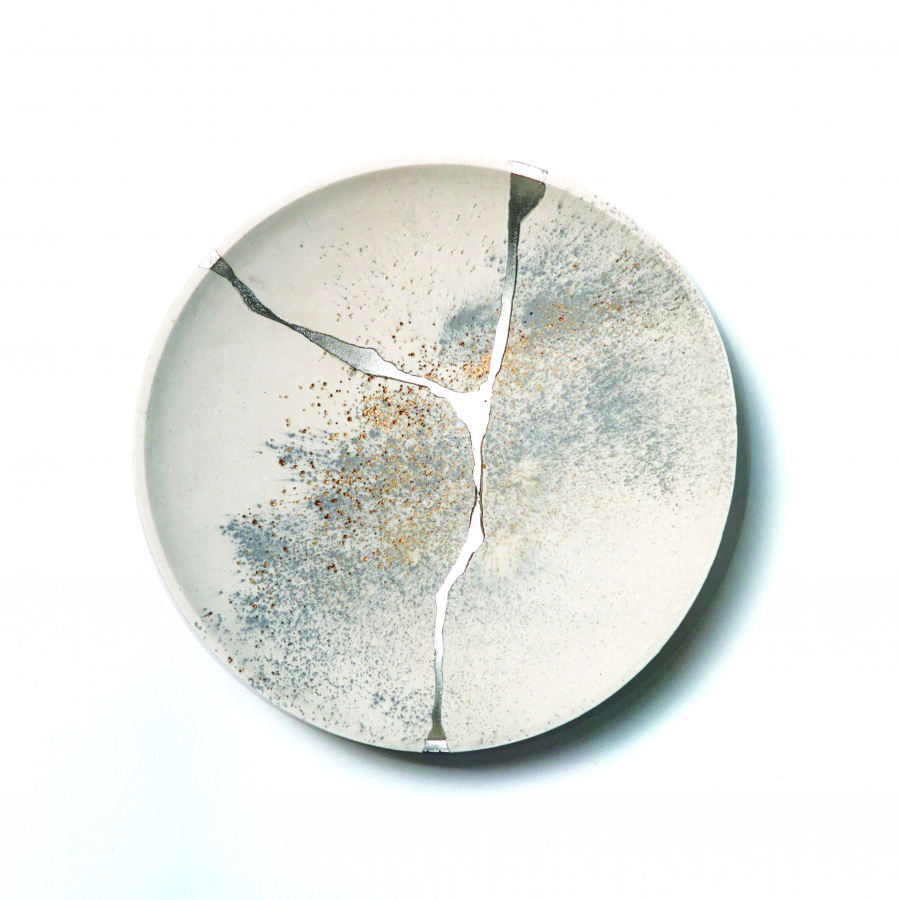
A Wabi Sabi item is said to be beautiful as it ages, becoming more rustic, broken, and personal.
Wabi Sabi and the Tea Ceremony
In 1199, the Japanese monk Eisai returned from China with the intention of establishing the first Zen Buddhist temple in his country. When he returned, Eisai brought with him a bag of green tea and introduced to everyone how to make tea – which is considered the earliest style of tea ceremony in Japan, called “Tencha”. Later, this type of tea was used in religious ceremonies in Buddhist monasteries, especially during meditation, when monks used it as a means to awaken their minds. However, over time, the art of tea ceremony was also used in many other occasions such as meetings of the upper class. Many nobles and wealthy merchants held tea parties to introduce the expensive tea and utensils they imported from China.
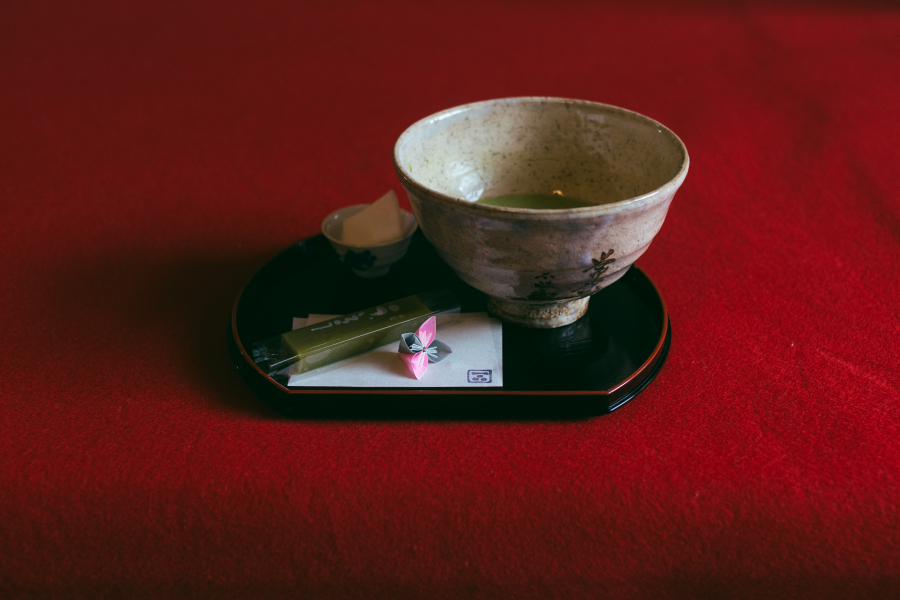
In 1488 in Kyoto, the monk Murata Juko was so upset by this deviation that he wanted to redefine the art of tea drinking. He compiled the document Kokoro no fumi (Letter of the Heart) with the content of writing about a tea ceremony based on the philosophy of Wabi Sabi. In addition to the leisurely style of drinking tea, he encouraged people to use stoneware or enamelware created by Japanese artisans.
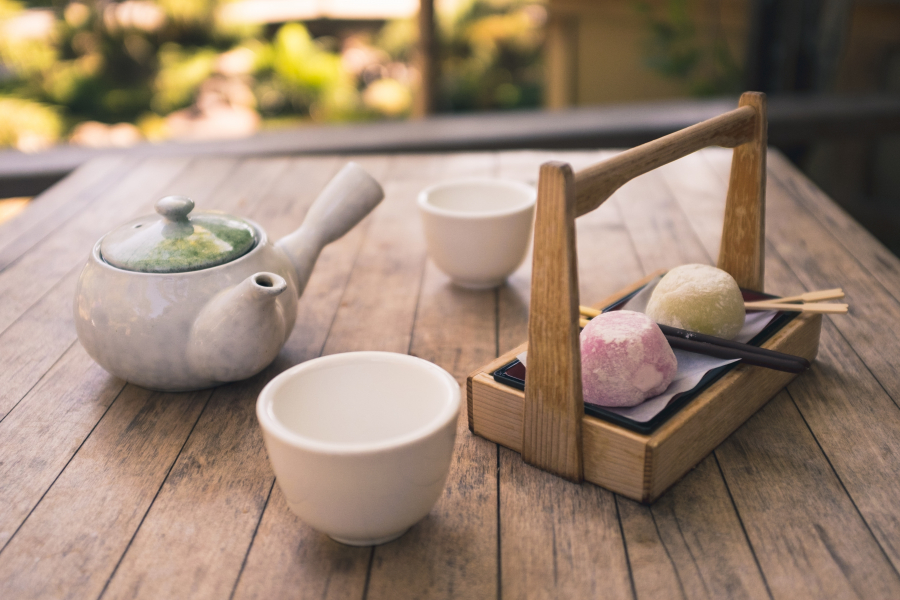
With his efforts and passion, Murata Juko not only brought the “true tea ceremony” back to his hometown, but also spread it to all levels of society. That spirit is also continued and preserved to this day through tea ceremony teaching programs at many large schools following the tradition of Sen no Rikyu – “the tea ceremony master”. In these classes, Rikyu teaches and guides how to combine the Wabi Sabi style into a new form of tea ceremony. He focuses on simple tools, tea pots and related elements. One of the notable innovations is the tea bowl made in the Raku pottery design – the embodiment of the Wabi Sabi spirit.
Wabi Sabi and Raku-yaki pottery

Raku in Japanese means comfortable, gentle, is an ancient Japanese pottery from the 1550s. Raku is often used in traditional tea ceremonies. Raku-yaki pottery is made in the old manual way, completely molded by hand instead of with the help of a pottery wheel.

Talking about tea bowl products in the spirit of Wabi Sabi, after the shaping stages, the product will go through a ceramic firing process at low temperature (about 1,000oC) In about 50 minutes, the product is suddenly removed from the kiln and placed in a container containing combustible materials such as sawdust, dry leaves, etc. so that the product can cool quickly after opening the kiln. This method results in ceramics that are quickly formed but lack a glaze layer. To increase the aesthetics of the product, artisans can use techniques such as wax resistance, crackle glaze, bronze glaze or matte black paint. In some cases, potters also attach horsehair to their products and put them in the kiln to create irregular patterns on the ceramic.





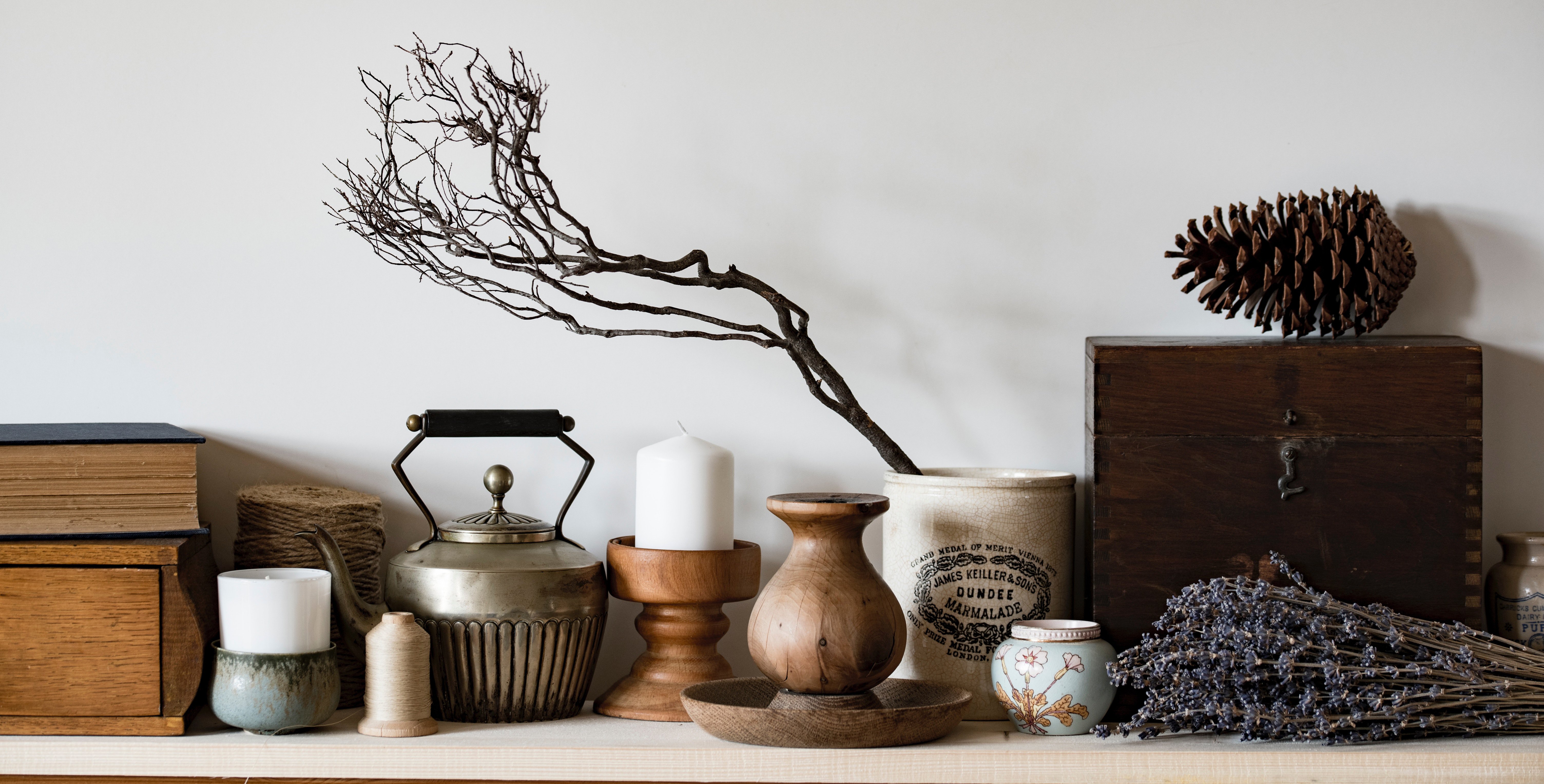
















(Copy).jpg.jpg)



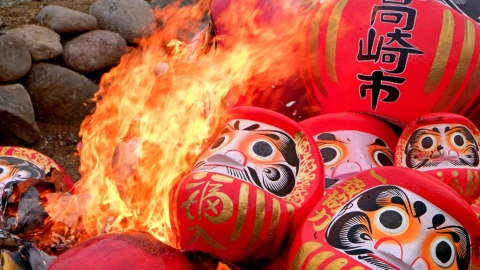
(Copy).jpg.jpg)






